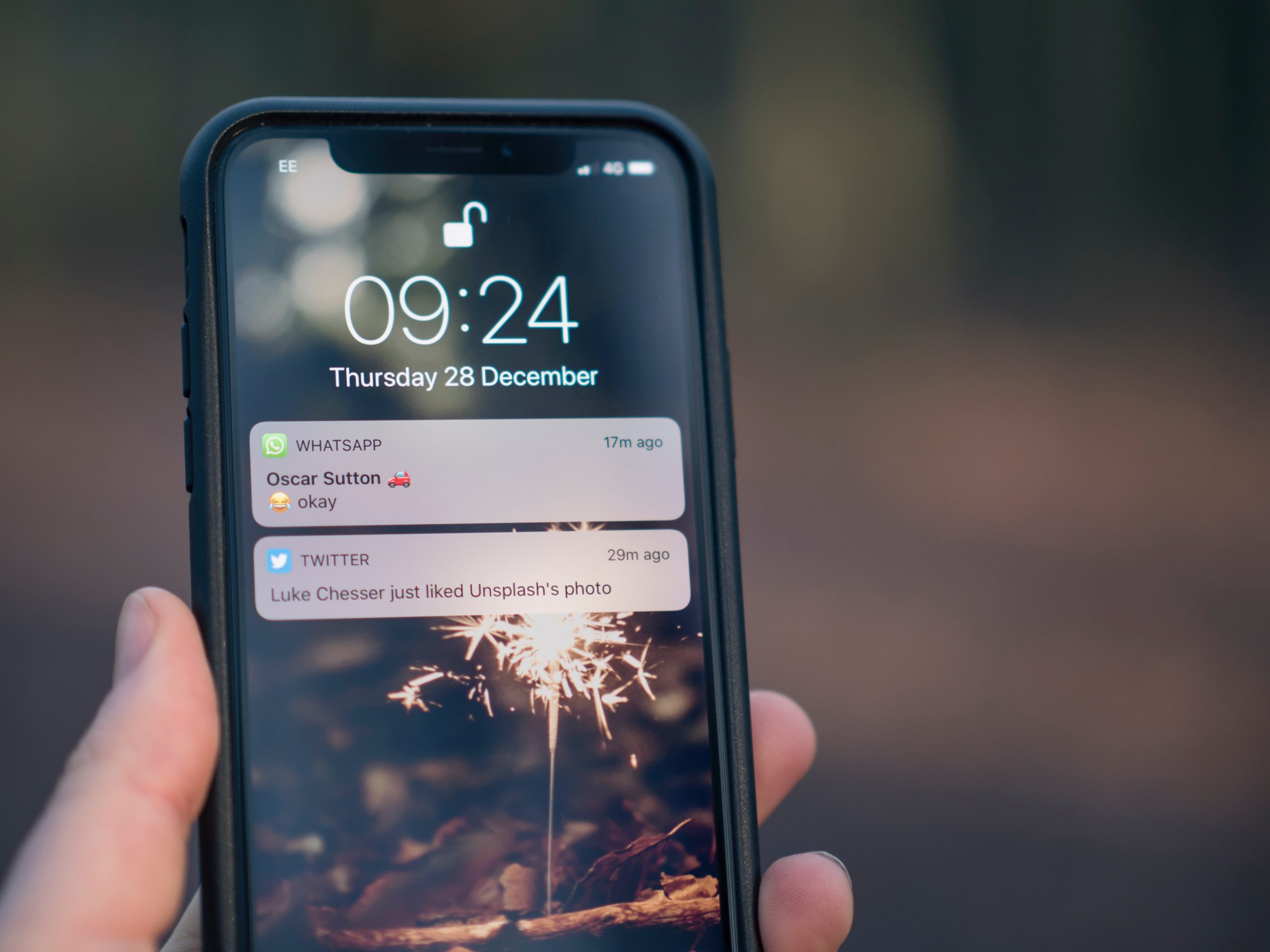Implementing a dynamic “Terms & Conditions” screen in React Native.
We all know the common user experience of going through a terms & conditions page. User needs to scroll down to the bottom to enable the submit button and only after that, they can proceed. We will try to build a small demo of the same experience in this post. First, let us see the end product to get a clear picture of what we are trying to achieve. Full demo From the demo, we can point out a few key areas that need to be tackled to implement this behavior. First we need to detect if the user has…
